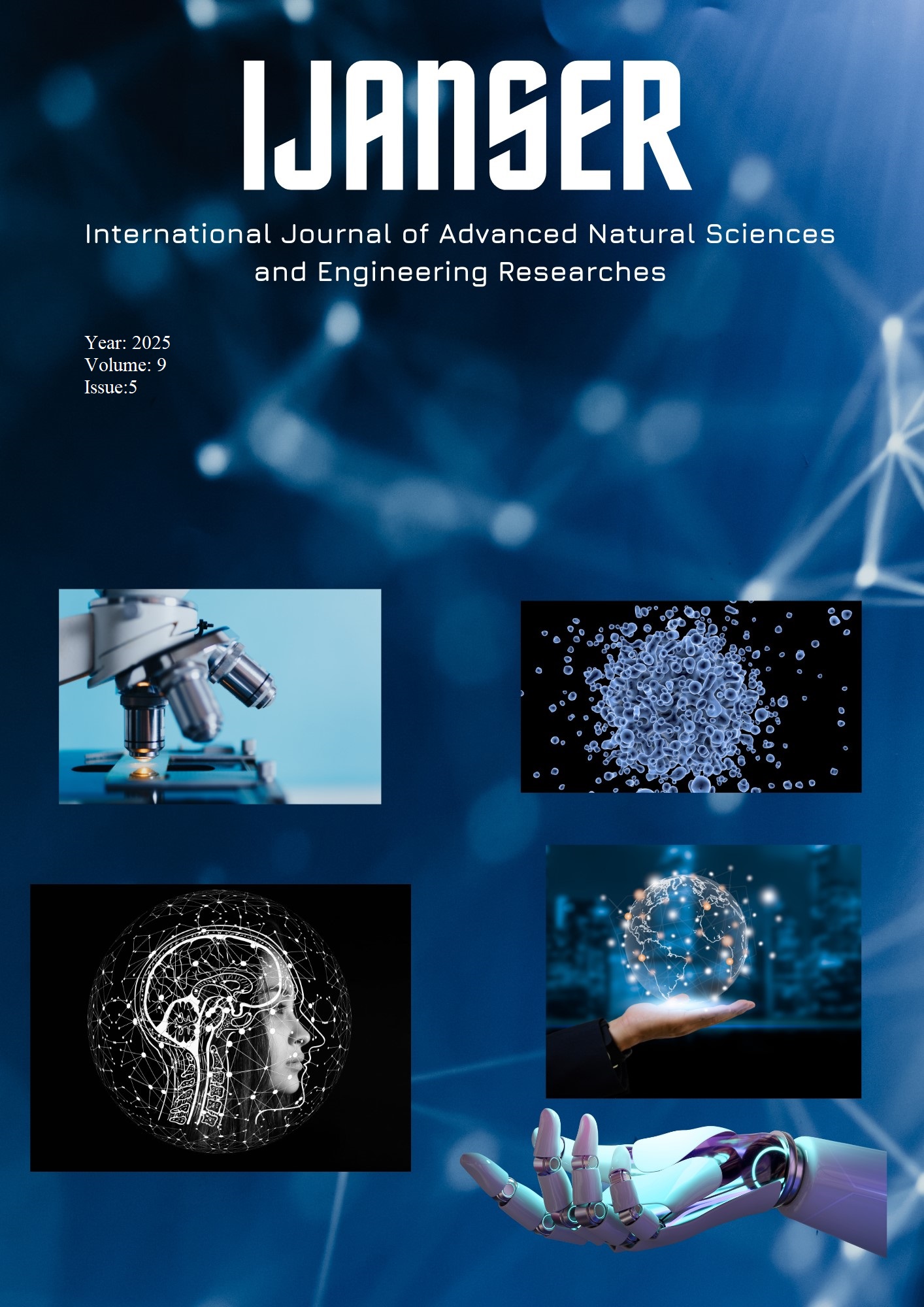AI-Powered Health Risk Prediction Models for SMEs in the Healthcare Sector: A Cost-Effective Approach for Developing Countries
Keywords:
Artificial Intelligence, Health Risk Prediction, Small and Medium Enterprises (SMEs), Healthcare Innovation, Developing Countries, Cost-Effectiveness, Predictive Analytics, Digital TransformationAbstract
The healthcare sector in developing countries is increasingly facing pressure to improve
operational efficiency and patient outcomes, particularly among small and medium-sized enterprises (SMEs)
such as private clinics, rural health centers, and diagnostic labs. These entities often operate with limited
resources, yet they play a critical role in healthcare delivery. This study investigates the implementation of
artificial intelligence (AI)-powered health risk prediction models as a cost-effective solution for SMEs in
the healthcare sector. Using a mixed-methods approach, this research evaluates the economic viability,
predictive accuracy, and managerial usability of AI systems in identifying high-risk patients and preventing
costly medical complications. The findings demonstrate that AI models not only enhance clinical decision
making but also contribute to cost reductions and improved patient management—making them a viable
technological investment for resource-constrained healthcare SMEs. Additionally, the study highlights the
enabling role of digital infrastructure and data literacy in maximizing the benefits of AI adoption. The paper
concludes with strategic recommendations for policymakers and SME managers to accelerate AI
integration in healthcare ecosystems of developing countries.
Downloads
References
Choi, E., Schuetz, A., Stewart, W. F., & Sun, J. (2016). Using recurrent neural network models for early detection of heart failure onset. Journal of the American Medical Informatics Association, 24(2), 361–370.
Creswell, J. W., & Creswell, J. D. (2018). Research design: Qualitative, quantitative, and mixed methods approaches (5th ed.). SAGE Publications.
Dwivedi, Y. K., Hughes, D. L., Ismagilova, E., Aarts, G., Coombs, C., Crick, T., ... & Williams, M. D. (2021). Artificial Intelligence (AI): Multidisciplinary perspectives on emerging challenges, opportunities, and agenda for research, practice and policy. International Journal of Information Management, 57, 101994.
Etikan, I., & Bala, K. (2017). Sampling and sampling methods. Biometrics & Biostatistics International Journal, 5(6), 00149.
Hair, J. F., Hult, G. T. M., Ringle, C., & Sarstedt, M. (2021). A primer on partial least squares structural equation modeling (PLS-SEM) (3rd ed.). SAGE Publications.
Ifinedo, P. (2011). Internet/e-business technologies acceptance in Canada's SMEs: An exploratory investigation. Internet Research, 21(3), 255–281.
Kumar, R., & Singh, M. (2022). AI and machine learning in health care: A boon for developing economies. Health Technology, 12(1), 11–20.
Lee, C. H., & Yoon, H. J. (2017). Medical big data: Promise and challenges. Kidney Research and Clinical Practice, 36(1), 3–11.
Mazumdar, S., Mahajan, R., & Bhatnagar, V. (2023). Digital transformation in healthcare SMEs: Policy implications for emerging markets. Journal of Business Research, 157, 113608.
Rajkomar, A., Dean, J., & Kohane, I. (2018). Machine learning in medicine. New England Journal of Medicine, 380(14), 1347–1358.
Rogers, E. M. (2003). Diffusion of innovations (5th ed.). Free Press.
Teddlie, C., & Yu, F. (2007). Mixed methods sampling: A typology with examples. Journal of Mixed Methods Research, 1(1), 77–100.
Tornatzky, L. G., & Fleischer, M. (1990). The processes of technological innovation. Lexington Books.
World Health Organization. (2021). Global strategy on digital health 2020–2025. https://www.who.int/publications/i/item/9789240020924
Topol, E. (2019). Deep medicine: How artificial intelligence can make healthcare human again. Basic Books.
Zhang, Z., & Sun, Y. (2020). Cost-benefit analysis of AI implementation in rural healthcare systems. International Journal of Medical Informatics, 140, 104175.





